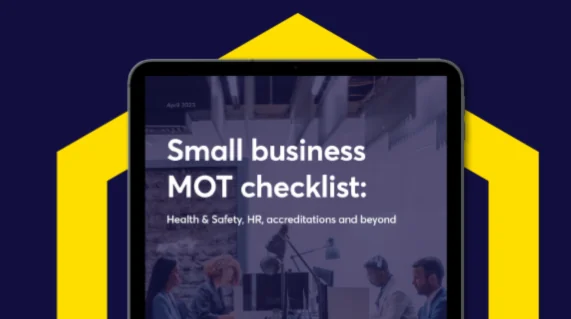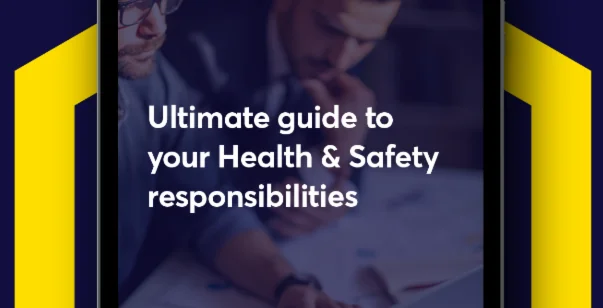Carcinogens Risk Assessment
Carcinogens are agents, which have been shown to cause cancer in humans and animals or are suspected of doing so.
The key risk factors of exposure to carcinogens are:
- Category 1A substances known to cause cancer on the basis of human evidence (including benzene, chromium (hexavalent) compounds, asbestos, benzidine, coal tar and soot, vinyl chloride, aflatoxin)
- Category 1B substances which it is assumed can cause cancer, on the basis of reliable animal evidence (including beryllium compounds, styrene oxide, ethylene dibromide, sodium dichromate)
- Category 2 substances for which there is some evidence that they may present a carcinogenic hazard to humans
- cumulative (exposure over time) and additive effects (exposure to more than one carcinogen) is likely to be even more harmful
- synergistic effects (where the effects of a carcinogen is enhanced by exposure to another substance) can increase harm to the body by carcinogens. For example, exposure to Toluene may inhibit the release by the body of Benzene (a known carcinogen) and smoking is known to have a synergistic effect with asbestos exposure
- it is generally considered that there is no safe level of exposure to a carcinogen but exposure above approved WEL’s will significantly increase the risk of disease.
Recommendations for employers:
- identify all substances used in the workplace which contain carcinogens or suspect carcinogens including those without safety data sheets such as hardwood dust and diesel engine emissions
- where reasonably practicable, eliminate exposure by substituting with a less hazardous material
- ensure a competent person carries out a suitable and sufficient risk assessment of the work with carcinogens including who will be exposed and how they are likely to be affected (routes of entry etc)
- identify effective control measures (including some specifically required or carcinogens) which are subject to regular review in accordance with a hierarchy listed in the Control of Substances Hazardous to Health Regulations 2002 (COSHH Regulations)
- where necessary, in addition to other control measures provide PPE suitable for the task
- introduce health surveillance in consultation with an occupational health specialist.
Control methods or risk reduction techniques must be used to:
- meet the specific additional requirements of COSHH which apply to Category 1A and Category 1B Carcinogens
- provide a clear statement to workers that the risk to health posed by exposure to carcinogens is taken seriously at all levels of the organisation
- provide information on policy including implementation
- properly understand what is involved in all areas of operation in order to implement appropriate and effective controls
- monitor the control measures and review to ensure ongoing effectiveness
- ensure all workers are aware of the risks of being exposed to carcinogens and the possible ill health effects
- provide information on the legal framework surrounding the use of and exposure to substances containing carcinogens.
Case Law
There have been many successful claims for illness and cancer caused by past exposure to asbestos, including many class actions.
One recent such case involved an engineer who sued for £230,000 after being diagnosed with malignant mesothelioma in 2009. Like so many cases involving asbestos related illness, the man died before the case reached court and his widow settled out of court.
Interestingly the case involved the use of asbestos gloves which were give as PPE to protect against burns, but instead caused cancer. He was given no information or training regarding the risks even after they were widely known.
Four workers were awarded between £4500 and £12000 when a judge in the civil court ruled that their specific form of skin cancer had been caused by work processes making fuel briquettes.
Legal duties
The main areas of health and safety law relevant to Carcinogens are
- The Health and Safety at Work etc. Act 1974
- The Management of Health and Safety at Work Regulations 1999
- Control of Substances Hazardous to Health 2002 (as amended)
- European Regulation on Classification, Labelling and Packaging of Substances and Mixtures EC 1272/2008 CPL
- EH40/2005 (Amended 2011) Workplace Exposure Limits
- Substance specific regulations such as The Control of Asbestos Regulations 2012 and The Control of Lead at Work Regulations 2002.
HSE has published good practice advice to help employers decide on suitable control measures. Available material includes the guidance on Schedule 2A to the COSHH Regulations.





